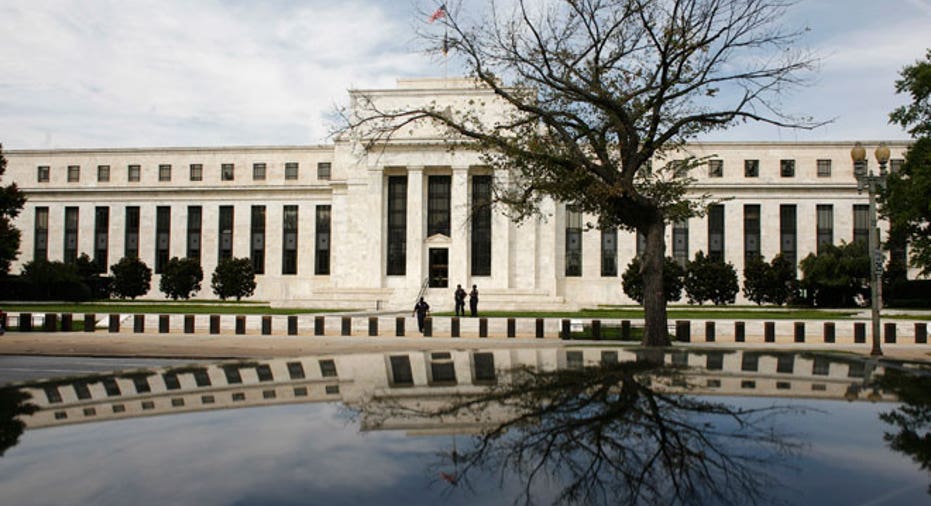Citi Among Banks to Fail Fed's Stress Test

The Federal Reserve on Tuesday said 15 of the 19 largest U.S. bank holding companies have passed stress tests imposed to determine whether the bellwether financial institutions could withstand another severe economic downturn.
According the Fed, the results show that “the majority of the largest U.S. banks would continue to meet supervisory expectations for capital adequacy despite large projected losses in an extremely adverse hypothetical economic scenario.”
In other words, even under depression-like circumstances the banks could maintain adequate capital levels while continuing to make loans to individuals and businesses, pay dividends and initiate stock buyback programs.
JPMorgan Chase (NYSE:JPM) and Wells Fargo (NYSE:WFC) easily passed the test, as did American Express (NYSE:AXP). Both companies’ stocks rose sharply higher Tuesday, leading the broader markets to a 217-point surge.
The four banks that failed the stress test were Citigroup (NYSE:C), Ally Bank, Sun Trust (NYSE:STI) and MetLife Bank, a unit of insurance giant MetLife (NYSE:MET).
Bank analyst Dick Bove with Rochdale Securities said the results confirm the broad health of the U.S. banking sector.
“Don’t focus on the banks that failed the tests, focus on the vast majority that passed the tests,” he said in an interview with the FOX Business Network.
The stress tests, first imposed in 2009 at the height of the financial crisis, were originally intended to determine whether banks deemed “too big to fail” have enough capital to withstand another severe downturn.
The tests are designed to prevent another Lehman Brothers-like situation in which a giant bank with global connections fails and threatens to topple the world's economy with it.
A handful of influential lenders, including JPMorgan, Wells Fargo, American Express, BB&T Corp. (NYSE:BBT) and U.S. Bancorp (NYSE:USB), raised their dividends Tuesday on hearing they’d passed the stress tests.
The tests administered by the Fed and called the Comprehensive Capital Analysis and Review were used to determine whether the banks would be able to maintain adequate capital levels during “times of severe economic and financial stress,” the Fed said in a statement.
The tests used a worst-case scenario that included a peak unemployment rate of 13%, a 50% drop in stock prices, and a 21% dip in housing prices, essentially the circumstances that describe a deep recession bordering on a depression.
Under such a scenario the Fed estimated that the 19 large banks tested would lose an estimated $534 billion during the nine quarters used as a hypothetical time frame.
Despite those losses, the 19 banks would see their tier one common capital ratio, which gauges bank strength against loss, fall to 6.3%, well above the 5% minimum the Fed demanded.
Moreover, even after those assumed losses tied to the economic disaster, the Fed said the banks would all have higher capital ratios after the hypothetical “stress” than any of them had in 2009 when the Fed conducted its first series of stress tests. According to the Fed, that means all of the banks have raised significant capital in the past three years.
“In fact, despite the significant projected capital declines, 15 of the 19 bank holding companies were estimated to maintain capital ratios above all four of the regulatory minimum levels under the hypothetical stress scenario, even after considering the proposed capital actions, such as dividend increases or share buybacks,” the Fed said in the statement.
The Fed took pains to note that it assessment process was “deliberately stringent,” meaning the downturn scenario used was especially severe and the bank capital estimates used especially conservative.
“Strong capital levels are critical to ensuring that banking organizations have the ability to lend and to continue to meet their financial obligations, even in times of economic difficulty,” the Fed said.